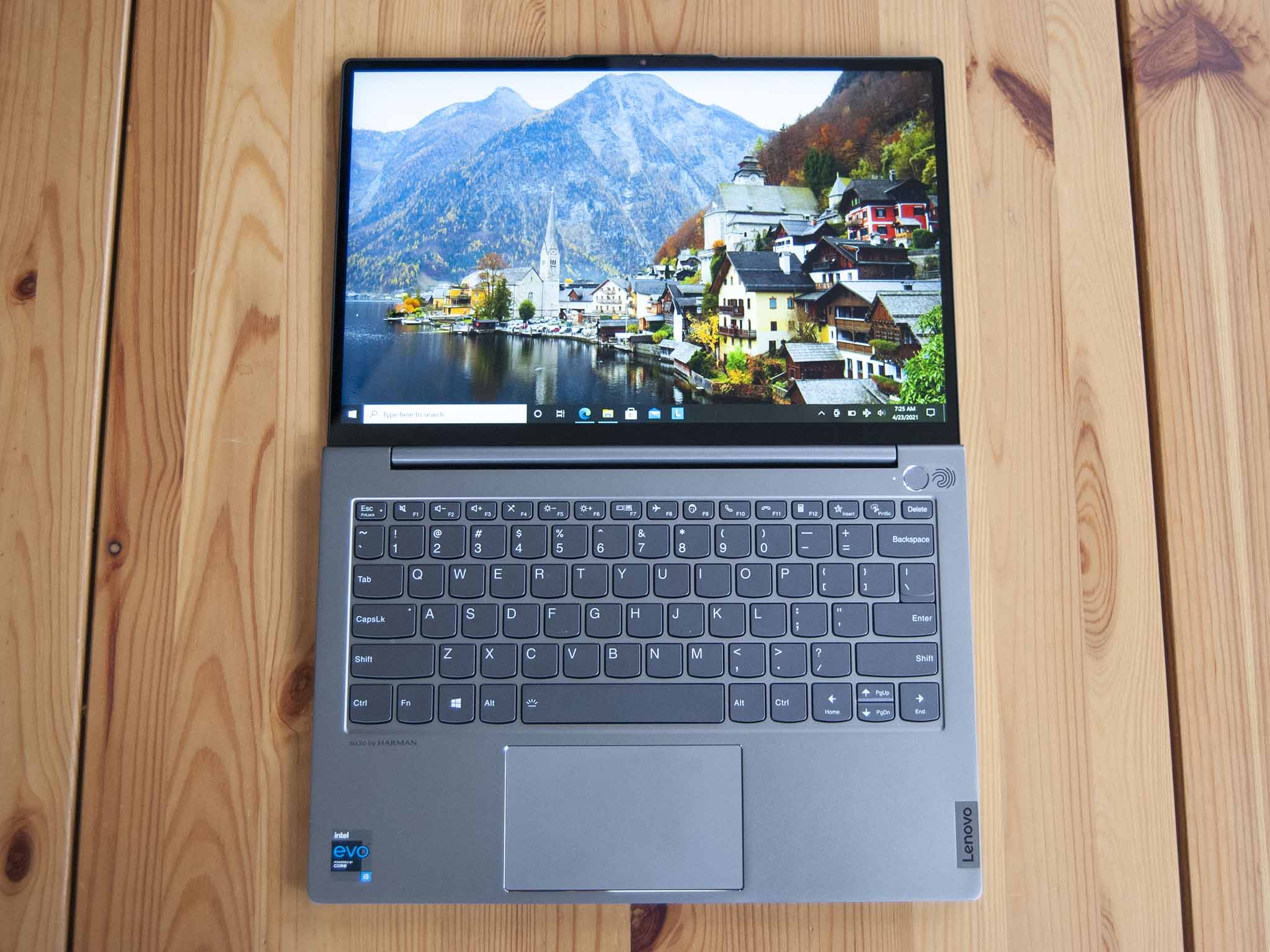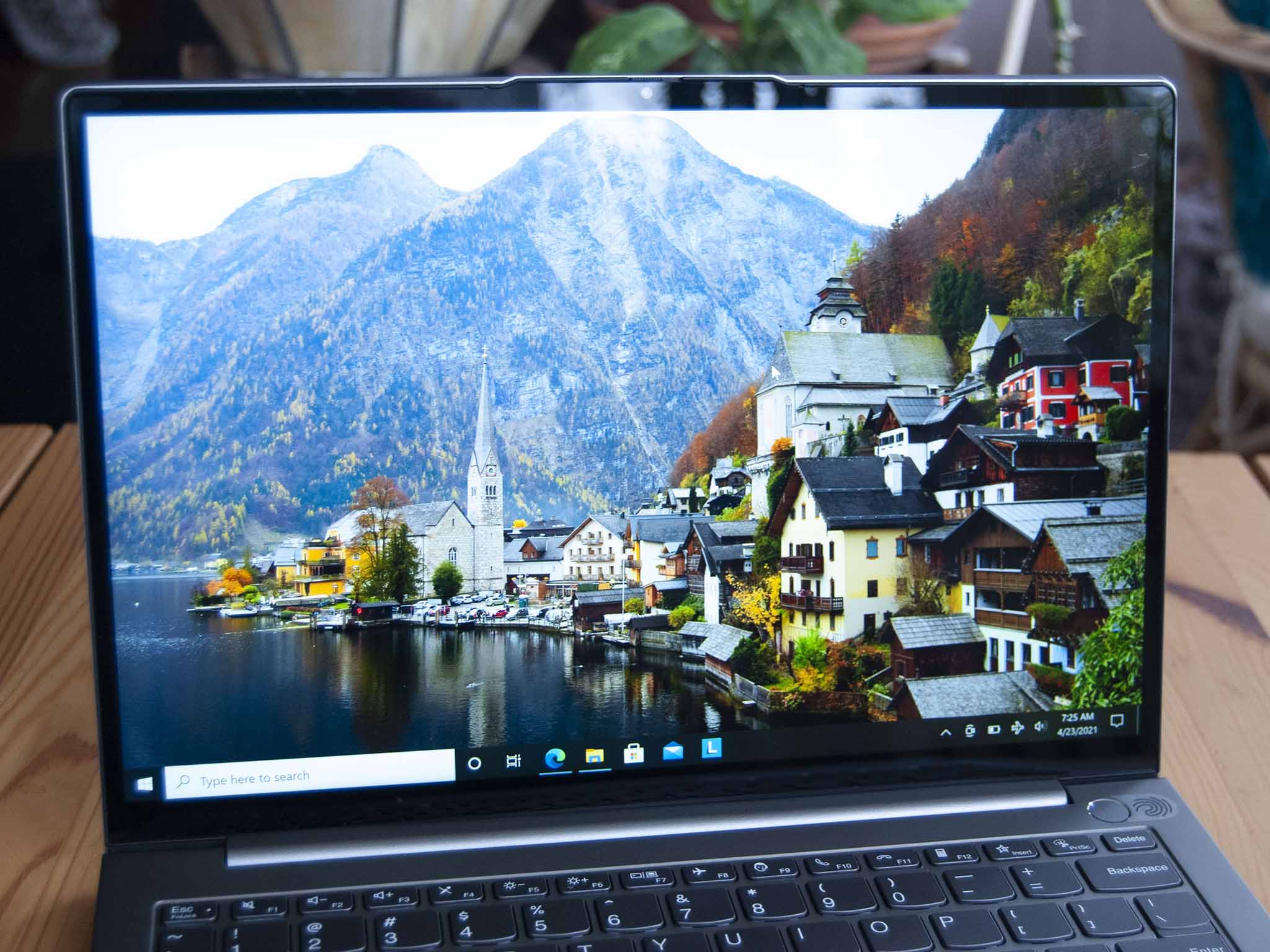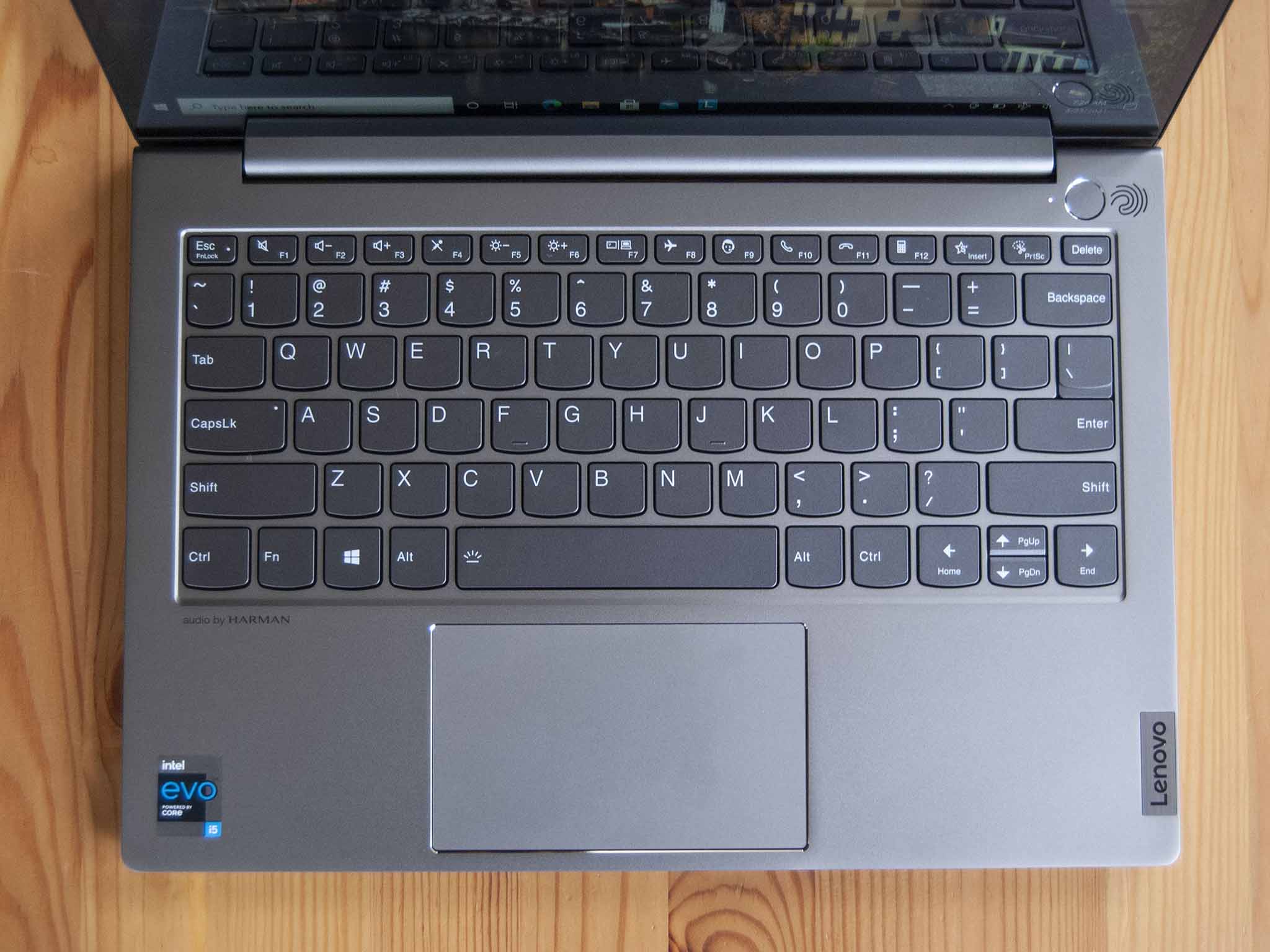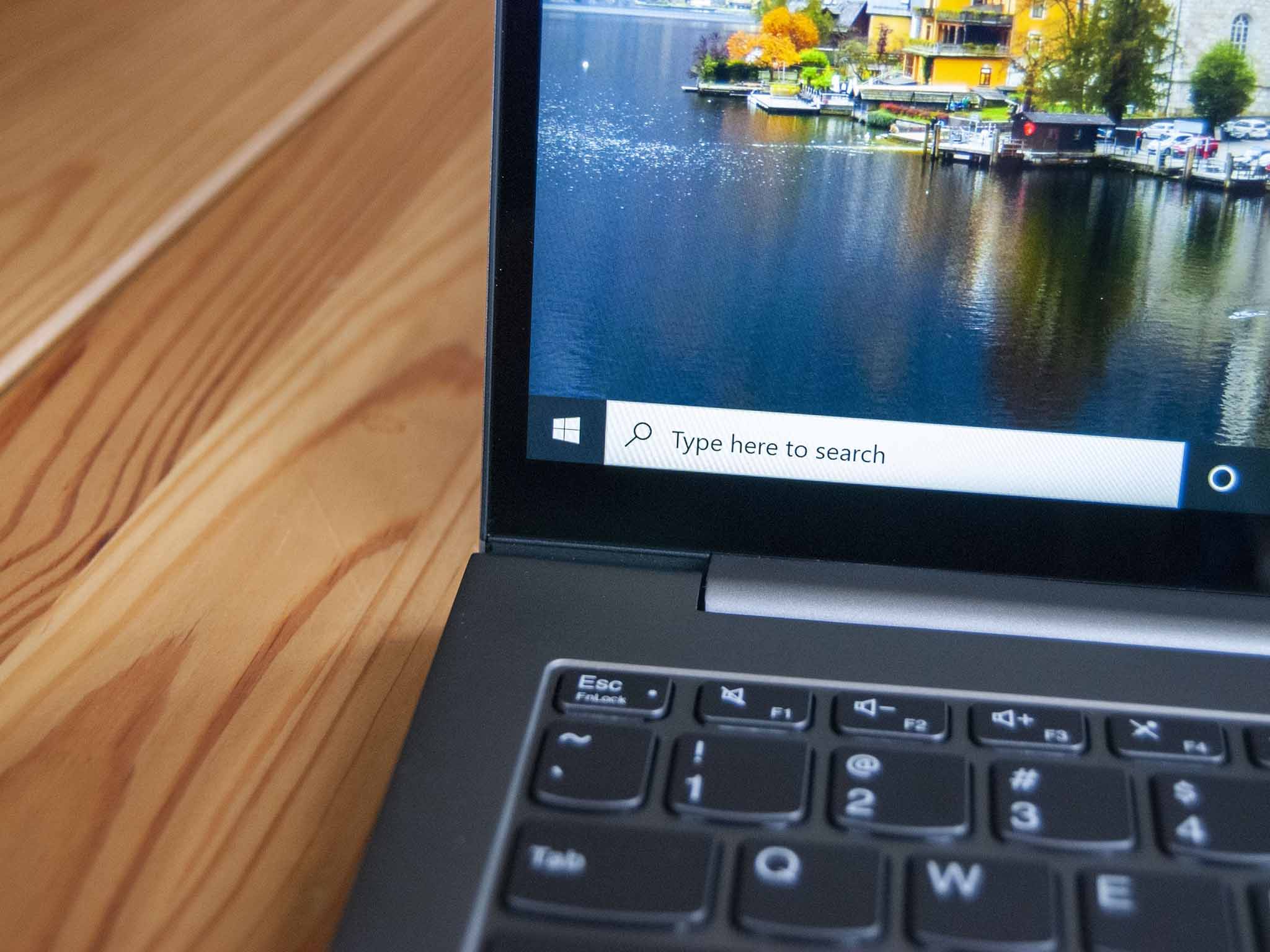The Lenovo ThinkBook 13s has now entered its second generation. I reviewed the Lenovo ThinkBook 13s (Gen 1) last year, coming away mostly impressed with what was included in the affordable price. The Ultrabook market has continued with rapid changes, and there's more great competition than ever in the mid-range section. I've been using the ThinkBook 13s (Gen 2) for about a week to see how it has changed and whether or not it's worth your money.
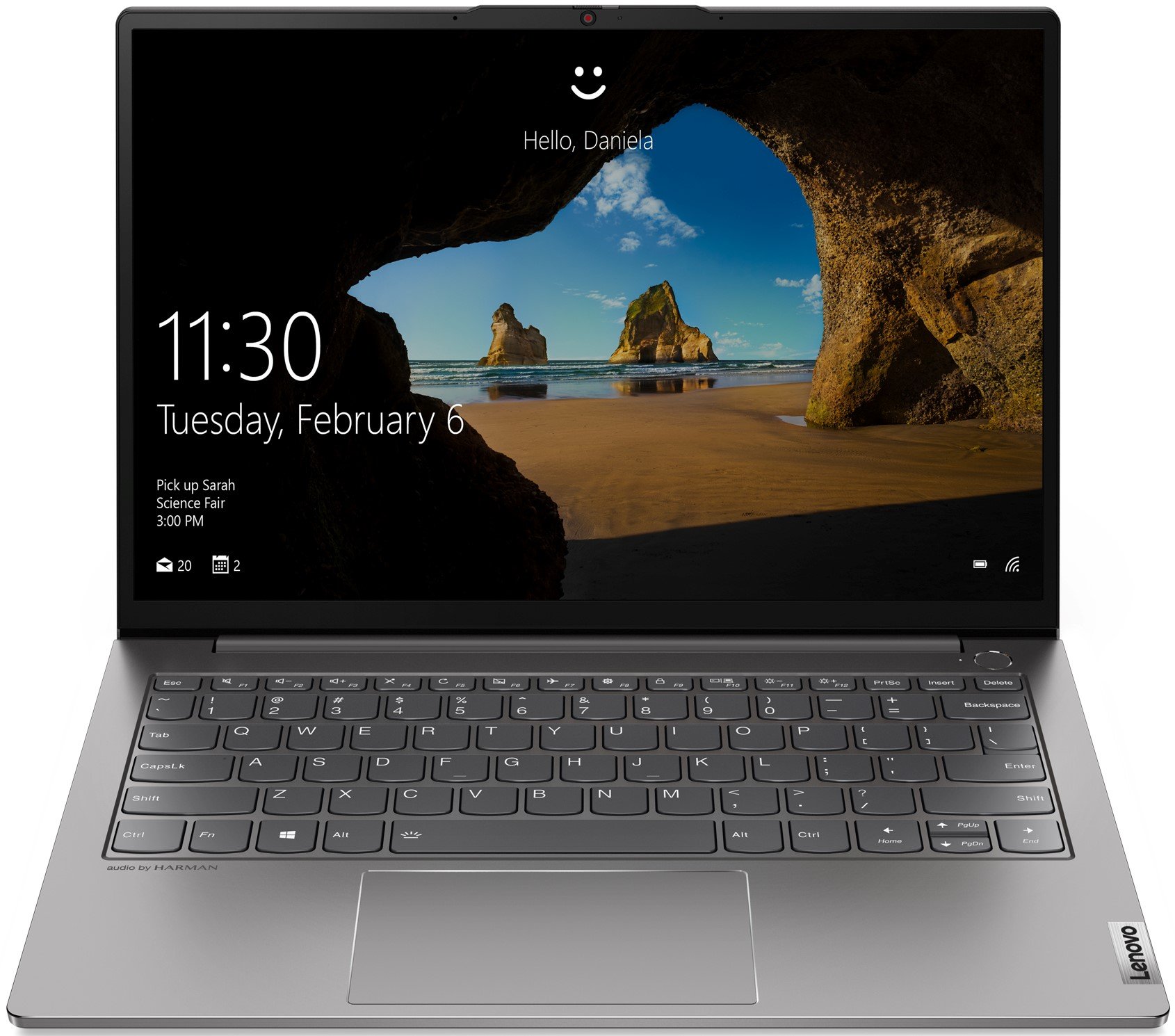
Bottom line: The ThinkBook line doesn't bring as comfortable of a keyboard or quite as high of a build quality as Lenovo's ThinkPads. However, the ThinkBook 13s is made up of a strong enough combination of other features to make it worth the reasonable price.
Pros
- 16:10 display with 2K resolution
- Strong performance from 11th Gen Intel
- Decent port selection with TB4
- Competitively priced
- Solid aluminum build
Cons
- Shallow typing
- Display could be brighter
- Soldered RAM
Lenovo ThinkBook 13s (Gen 2): Price, availability, and specs
Lenovo supplied Windows Central with a review unit of the second-generation ThinkBook 13s. Included inside is an 11th Gen Intel Core i5-1135G7 processor (CPU), 16GB of LPDDR4x-4266MHz RAM, and a 256GB M.2 PCIe NVMe solid-state drive (SSD). Integrated graphics are Intel Iris Xe, and the laptop is Intel Evo platform certified.
The 13.3-inch display has been changed to have a taller 16:10 aspect ratio. This particular model has a sharp 2560x1600 resolution and touch functionality, though you can go with non-touch or a lower 1920x1200 resolution to save some money.
A model with these same specs (save the touch part of the display) costs about $871, placing the ThinkBook 13s firmly within the mid-range market. A maxed-out model with Core i7-1165G7 CPU, 16GB of RAM, 512GB SSD, and 2560x1600 touch display costs about $1,111, which is still quite reasonable.
Following are the exact specs found in my review model.
| Category | Spec |
|---|---|
| OS | Windows 10 Pro |
| Processor | 11th Gen Intel Core i5-1135G7 4 cores, 8 threads Up to 4.20GHz |
| RAM | 16GB LPDDR4x-4266 Soldered Dual-channel |
| Graphics | Intel Iris Xe Integrated |
| Storage | 256GB M.2 PCIe NVMe SSD |
| Display | 13.3 inches Touch, IPS Glossy 16:10 aspect ratio Low power Dolby Vision |
| Ports | Thunderbolt 4 Two USB-A 3.2 (Gen 1) HDMI 2.0b 3.5mm audio |
| Audio | Dual 2W speakers Dolby Audio Dual-array microphone |
| Connectivity | Wi-Fi 6 (2x2) Bluetooth 5.1 |
| Camera | Front-facing 720p |
| Keyboard | LED backlight |
| Touchpad | Precision Buttonless Mylar |
| Security | ThinkShutter webcam Fingerprint reader Kensington Nano slot dTPM 2.0 |
| Battery | 56Wh 65W AC adapter |
| Dimensions | 11.77 x 8.27 x 0.59 inches (299mm x 210mm x 14.9mm) |
| Weight | 2.78 pounds (1.26kg) |
| Material | Aluminum |
| Color | Mineral grey |
Lenovo ThinkBook 13s (Gen 2): What I like
Two of the most significant changes to the second-gen ThinkBook 13s involve the display's new aspect ratio and the overall thinning down of the aluminum chassis. The ThinkBook might be a sub-brand to the mighty ThinkPad, but it still has a solid aluminum top and bottom with MIL-STD 810G durability certification. It's not as small and as light as, say, the ThinkPad X1 Nano, but it also costs significantly less. The overall design of the ThinkBook 13s is clean and plain, perfect for a productivity device. A bit of extra style is achieved with a two-tone finish on the lid.
The move to a 16:10 display aspect ratio makes a huge difference in the ThinkBook 13s.
The 13.3-inch display now has a 16:10 aspect ratio, removing most of the comparatively enormous chin on the first-gen models. You get more screen space, and the laptop just looks a whole lot better. I can't speak for the non-touch displays, but the touch version has edge-to-edge glass with no raised bezel.
All the latest news, reviews, and guides for Windows and Xbox diehards.
The review model has a low-power touch display with 2560x1600 resolution, glossy finish, and Dolby Vision for a nice color boost in supported content. The crisp resolution looks great at this size, and the display manages good color. Testing with a SpyderX Pro colorimeter, I got back 98% sRGB, 78% AdobeRGB, and 80% DCI-P3 color reproduction. The displays are also certified for TÜV Rheinland low blue light. This display is more than enough for productivity work, though, for specialized work, it will undoubtedly be lacking due to AdobeRGB and DCI-P3 color percentages.

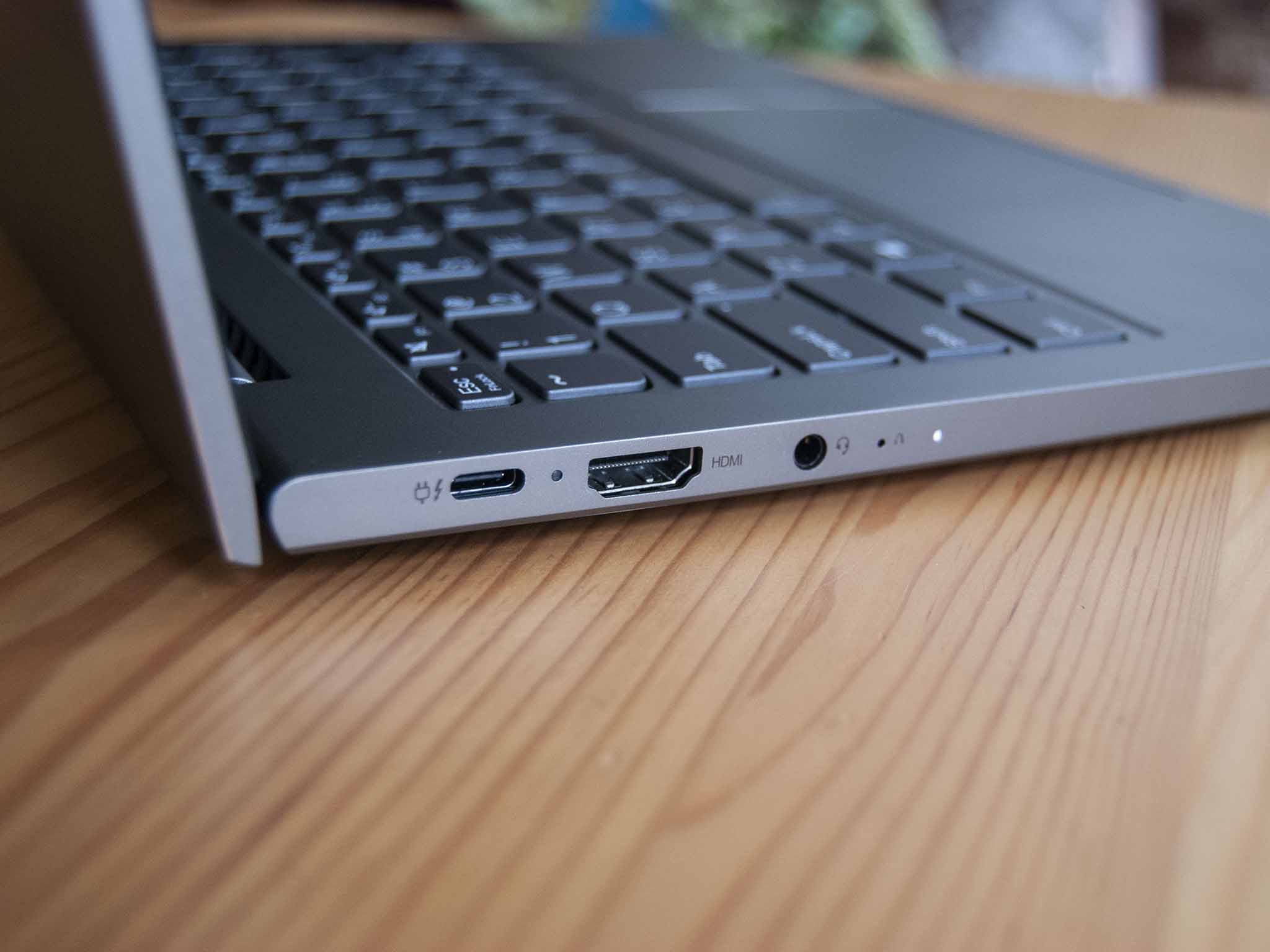
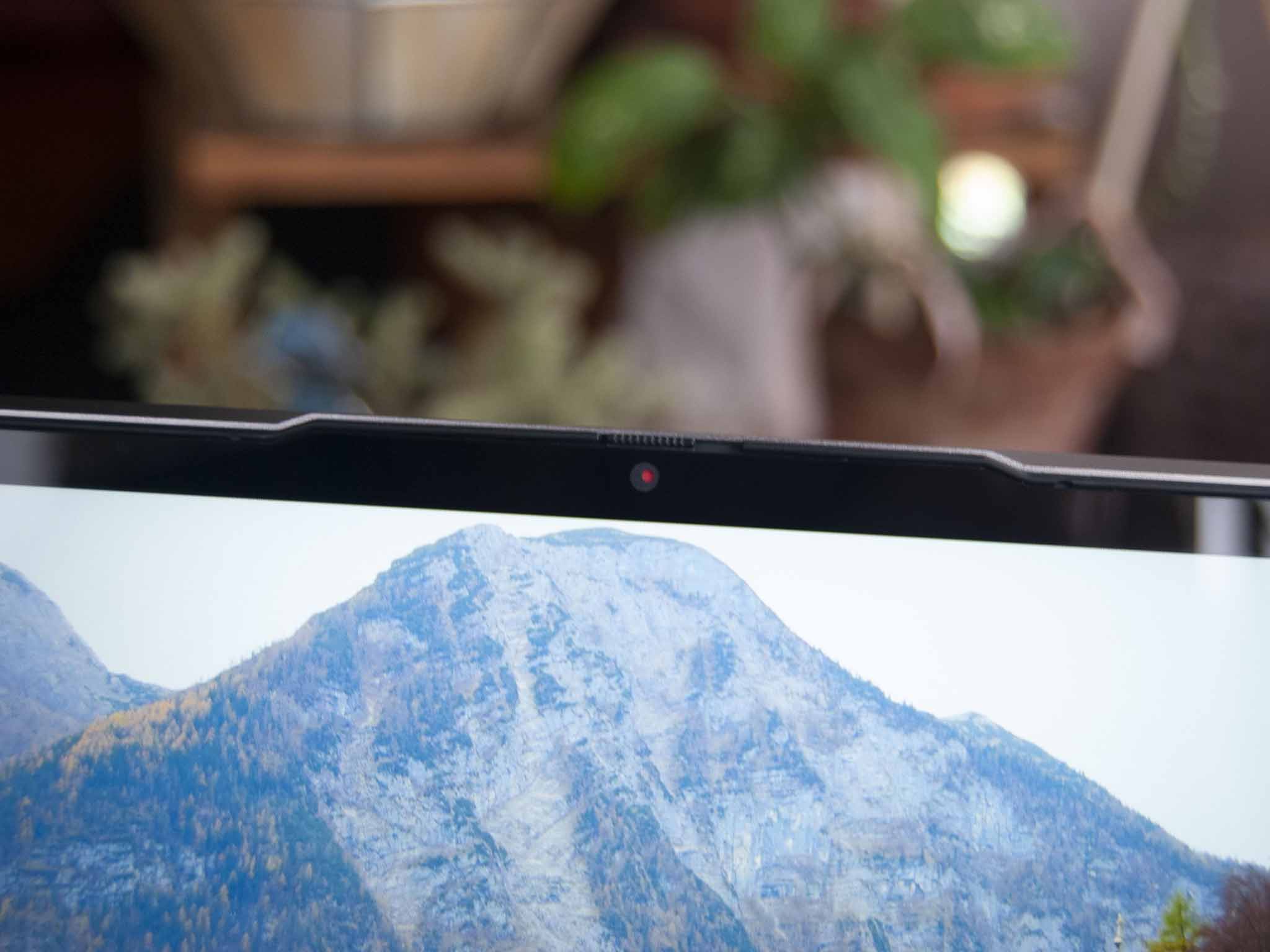
Thanks to 11th Gen Intel Core CPU options and Intel Evo certification, the ThinkBook 13s (Gen 2) includes a Thunderbolt 4 port for the most advanced connectivity. It's accompanied by two USB-A 3.2 (Gen 1), HDMI 2.0b, and 3.5mm audio. It would be nice to see a microSD card reader included, but otherwise, this selection should be varied enough for many workloads.
Down-firing speakers are above average in terms of what's generally expected from 13-inch devices. They get very loud but remain mostly clear. I listened to music while I worked and had no problems hearing clearly during meetings. There are a couple of communication keys included in the top row of the keyboard to quickly answer and end calls.
There's a lip at the front edge of the lid for easier opening, but it also houses the front-facing 720p webcam and privacy shutter. The camera is on the better side of what I've seen from HD hardware, and it should be clear enough for most meetings. Even with a bright window behind me, it was able to adjust the contrast and exposure appropriately. In terms of security, the tiny ThinkShutter is accompanied by a Kensington Nano lock slot and a fingerprint reader built into the power button. The reader is snappy, and I had no problems logging in through Windows Hello.
Two fans live inside, with a sizable set of heat pipes between them. You'll hear the fans when the system is really under load, especially when charging. I pegged them between 40 and 50 decibels at most, though they're silent when the system is performing things like web browsing and word processing. There's not a whole lot of heat generated by the system, and what heat there is disperses nicely through the aluminum body.
My time with the ThinkBook 13s (Gen 2) revealed no performance issues. The Intel Evo certification means you can expect snappy performance even on battery power, as well as excellent battery life. Testing with PCMark 10's battery rundown, the laptop lasted 11 hours and 13 minutes at 75% screen brightness and Windows 10Better Performance power setting. That's excellent, and you might just see better life if you go with non-touch or FHD+ resolution.
I ran some synthetic benchmarks to see how the ThinkBook 13s (Gen 2) compares to the first-gen model and other laptops we've recently reviewed.
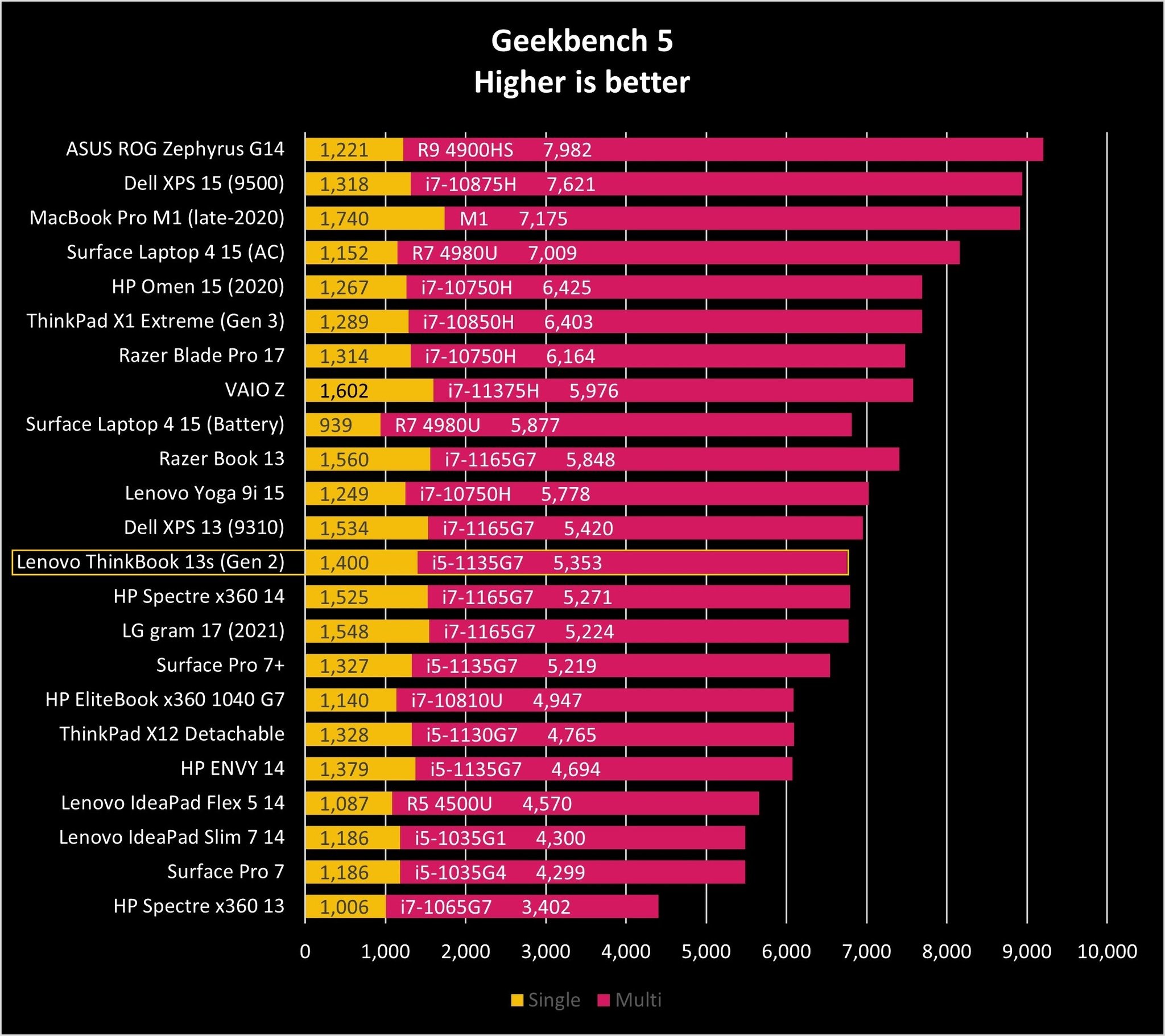

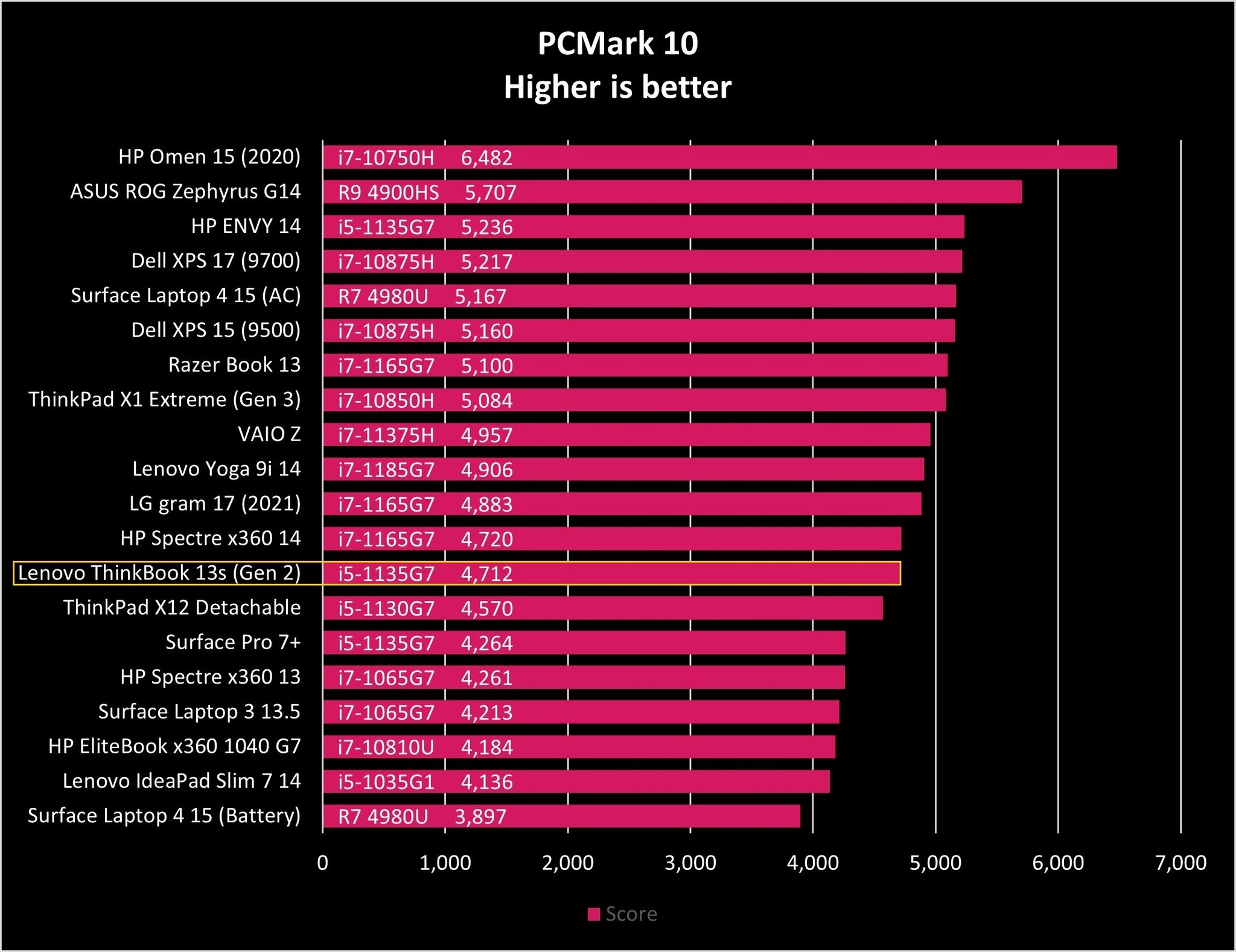
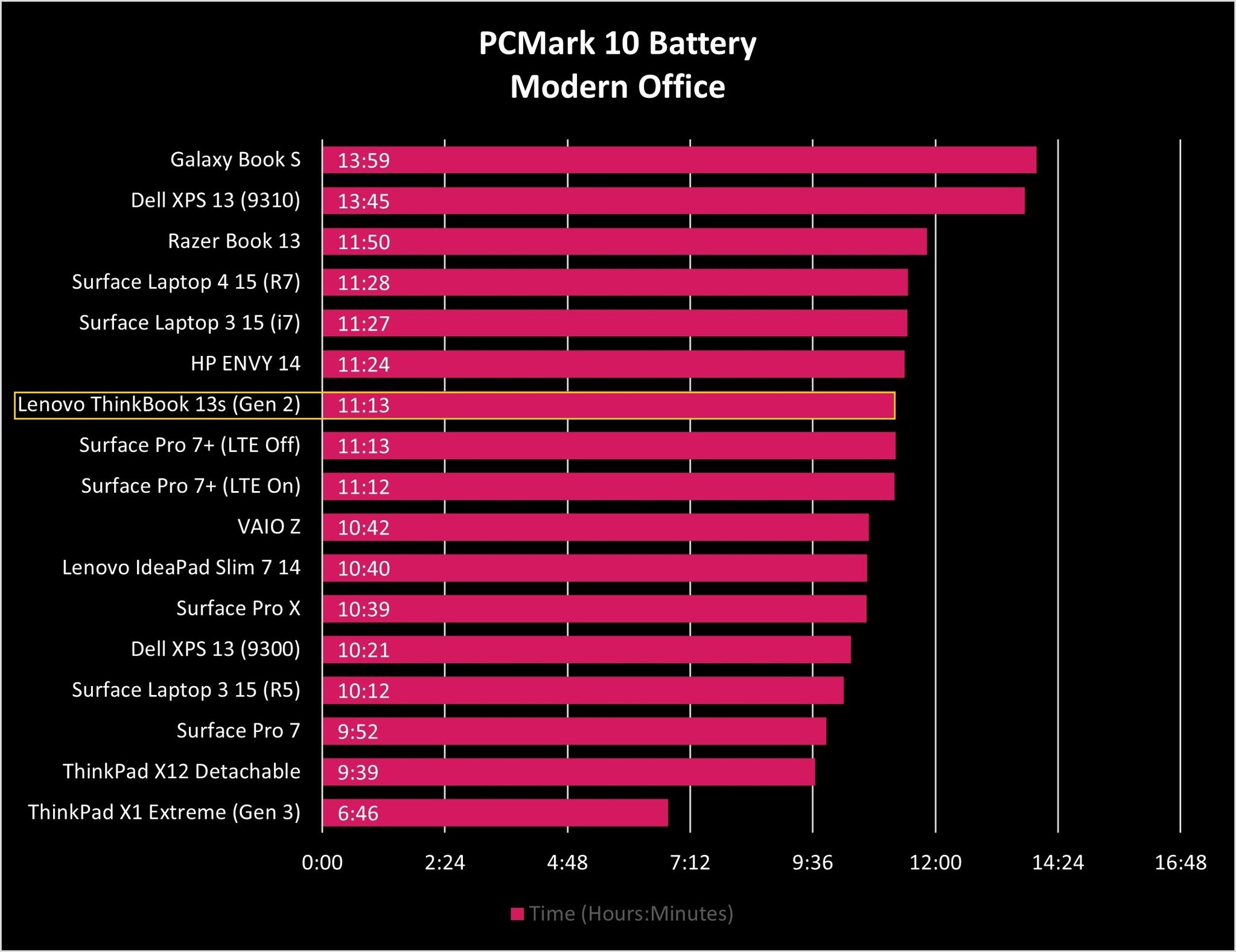


Compared to the first-gen ThinkBook 13s, the newer model offers much better raw performance, superior integrated graphics, faster SSD, better battery life, and a taller display with higher resolution. However, RAM is soldered, and there's no longer an option for discrete GPU.
Lenovo ThinkBook 13s (Gen 2): What I don't like
A few things stood out to me during my week with the ThinkBook 13s (Gen 2). If you're someone who types all day and can't decide between ThinkPad and ThinkBook, I suggest the former line. The ThinkBook 13s keyboard has noticeably less travel that doesn't make for as good of a typing experience. It's certainly not at the bottom of the list in terms of keyboards I've tried, but moving back and forth between ThinkPad and ThinkBook reveals a significant difference.
The ThinkBook also lacks dedicated Home, End, Insert, and Page keys, doubling them up and making them instead accessible with the Fn key. Instead, there's a dedicated support call key in the top row that I'm unsure is entirely necessary unless you're planning on contacting Lenovo a few times a week.
Screen brightness is a bit of an issue on the touch model with a glossy finish. I measured a peak brightness of 309 nits, which isn't quite enough to properly combat bright lights or sun. The non-touch displays have a matte finish, which no doubt is much better at hiding glare.
The other dislike I had was with the single Thunderbolt 4 port. Yes, it's a great port that you can link up with the best Thunderbolt 4 hubs and docking stations, but it also doubles as the input for the AC adapter. If you don't have a dock that offers passthrough charging, you will be down a port while the battery refills. An extra port — even standard USB-C without Thunderbolt — would be much appreciated here, but at least the battery charges to about 80% capacity in an hour.
The laptop is solid thanks to the aluminum used, but there are some small things that will remind you this is a mid-range laptop. For example, the power button and fingerprint reader combo will sometimes get stuck against the machined cutout once depressed. It works perfectly fine, but you'll hear it click back into place after a few seconds. Then there's the Precision touchpad. It tracks well and has a smooth mylar surface, but the click is just a bit hollow. Considering the price and overall high-end features this laptop does offer, these small issues are mostly background noise.
Lenovo ThinkBook 13s (Gen 2): Competition
Lenovo offers the ThinkBook 13s with AMD Ryzen 5 4600U or Ryzen 7 4800U CPUs. It's the same laptop, except there's no Thunderbolt 4 port (it's standard USB-C only), and there are just two display options (FHD+ and QHD+). The real upside here is that AMD models start at about $100 less than the Intel models.
If you're looking for an HP laptop within the same price range as the ThinkBook 13s, you might want to consider the HP ENVY x360 13. This is a convertible that folds around into a tablet for extra versatility. It's powered by modern AMD or Intel hardware, and it has a beautiful design similar to the ThinkBook. For something a bit larger, the HP ENVY 14 is also an excellent choice with a dedicated GPU.
Dell's XPS 13 9310 is a high-end Ultrabook with more of a focus on premium features than business durability. It's one of the best Windows laptops available today, but it does cost more. Models start closer to $1,000.
For a 13-inch ThinkPad that doesn't get into the X1 price range, check out the ThinkPad X13. It starts around $876 for an Intel model and has a bunch of the standard ThinkPad features that the ThinkBook line lacks.
And if you'd like to go all-in on a ThinkPad, the X1 Nano is in the same size range. You will, however, pay significantly more for all the extra features and security. Check out our roundup of the best Lenovo laptops for more great ThinkPad options.
Lenovo ThinkBook 13s (Gen 2): Should you buy it?
You should buy this if ...
- You want a reasonably priced 13-inch Ultrabook
- You want steady 11th Gen Intel Core performance and Evo certification
- You want all-day battery life
- You want a 16:10 display with 2K resolution
You shouldn't buy this if...
- You want a keyboard with deep travel
- You want more than one USB-C/Thunderbolt port
- You want a 4K display
For the asking price, the ThinkBook 13s (Gen 2) is a well-rounded PC. The bump up to 11th Gen Intel Core CPUs and Intel Evo platform certification ensures high-end performance and all-day battery life. The aluminum build is solid despite a few imperfections. The best change is to the display, which now comes with a 16:10 aspect ratio. It's just a shame there's not a bit more brightness to combat glare on the glossy finish.
The keyboard and touchpad don't measure up to what you'll find from most ThinkPads, but the combination isn't necessarily bad. If you're not typing all day it should work well. If you're not interested in paying ThinkPad prices but still like what Lenovo is doing with its Ultrabooks, the ThinkBook 13s could be right for you.

Cale Hunt brings to Windows Central more than nine years of experience writing about laptops, PCs, accessories, games, and beyond. If it runs Windows or in some way complements the hardware, there’s a good chance he knows about it, has written about it, or is already busy testing it.
